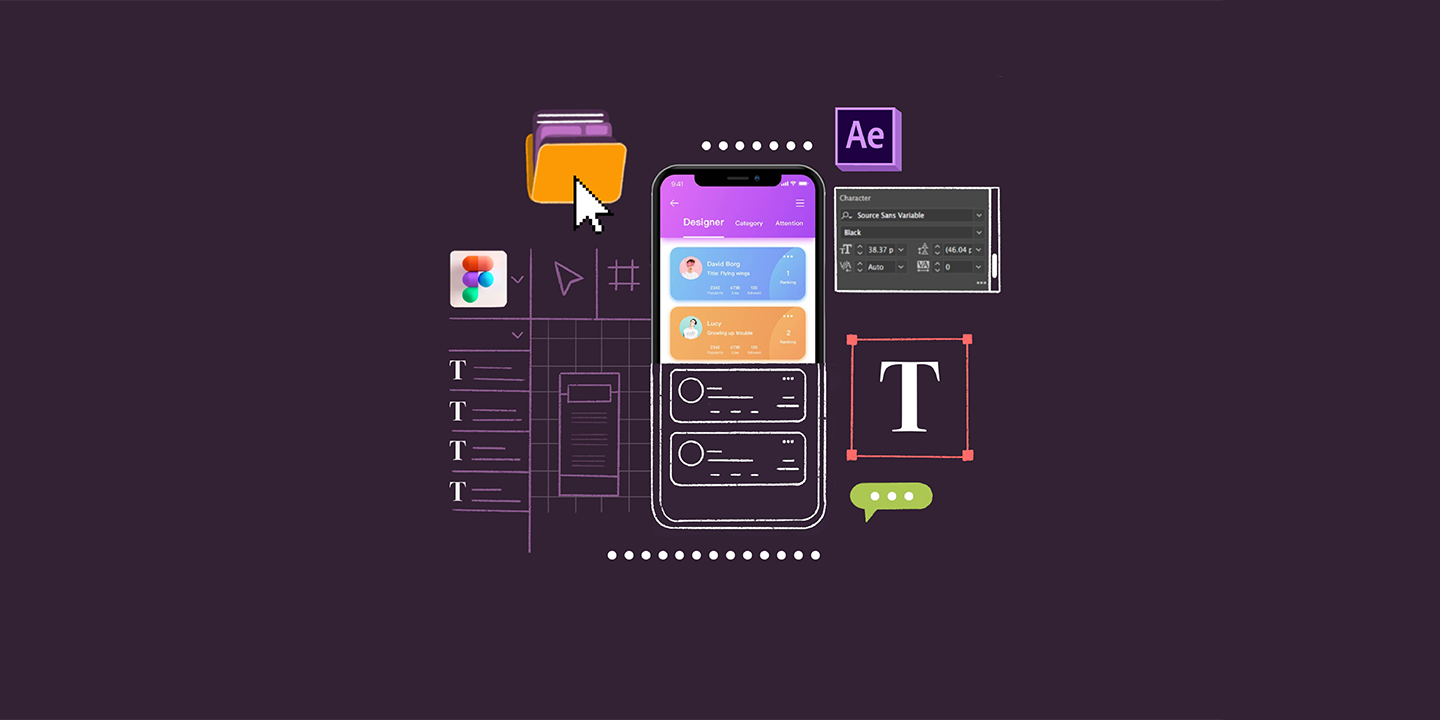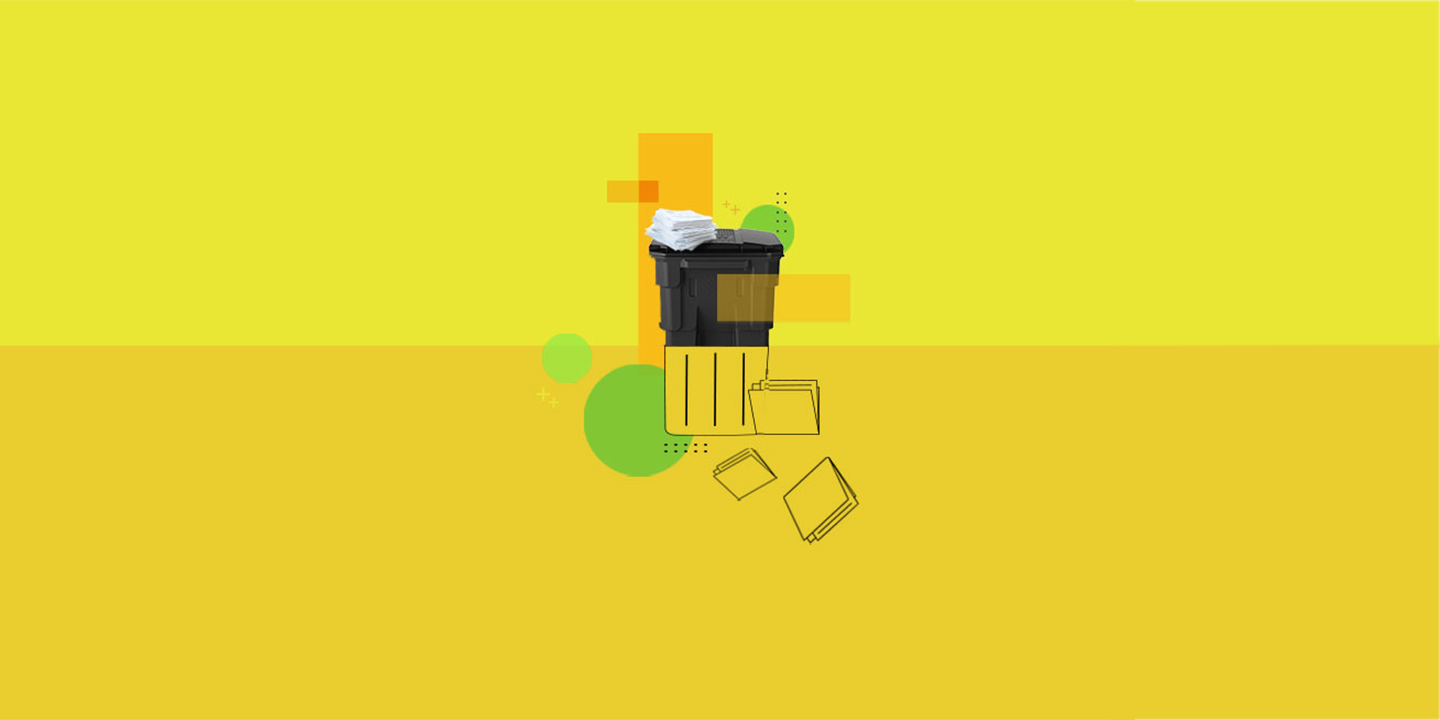Industry Insights - What is Interaction Design (IxD)?
Amit Bhambere • Mar 1, 2023

We have moved away from the era when designing websites and applications were called just web design. Today we live in a world where websites and applications are taking over the world, giving birth to many terms that define the wide scope and spectrum of web design. In this blog, we'll be talking about Interaction Design and what it means. Interaction design (IxD) is a field that falls under the umbrella of user experience (UX) design. It refers to the design of elements that make the interaction between the product and users possible. The aim is to design interactive elements that achieve the end goal as defined by you for the user, without much difficulty. John Kolko, the founder of the Austin Center for Design, defined Interaction Design as, “The creation of a dialogue between a person and a product, system or service. This dialogue is both physical and emotional in nature and is manifested in the interplay between form, function, and technology as experienced over time.” A lot of people confuse IxD with UX, and it's justifiable. Interaction design is after all designing experience for the user. But that's where the confusion should end because while UX design is about designing the entire experience the user will have through your product, IxD is all about designing the interaction element of that experience. To further clarify it, here are the five dimensions of interaction design that define its scope:
- Words Designers, more often than not, don't pay much attention to the copy aspect of website design, making the most elementary mistake of interaction design. Make sure that any copy you put in interactive elements (buttons, error messages, pop-up, etc.) is clear, simple, and to the point.
- Visual representation Any visual element - from icons, typography to images - that guides users in taking an action should be complementary to the information you are giving. Visual representation usually comes in collaboration with words.
- Physical object or space Understand how the user is interacting with your product. Is it through a desktop and keyboard? Or a mobile and fingers? Or a tab and a stylus? Or all of them? You have to design your elements according to the ease of each platform because your design will definitely defer accordingly.
- Time Constantly keep updating the user about their progress. The world of digital is all about fast time, so through various mediums like visuals, text, animations, or sound, let your user know of their progress.
- Behavior Now for the end and most important point, something that influences all the above dimensions. Interaction design is all about user behavior. It's about finding the reason behind why they perform any action and then designing not only that element but also designing the reaction.
In the end, remember interaction design is a part of user experience design and follows the same principles: creating designs that are usable, goal-oriented, effective, and user-friendly. If you design your interaction by keeping these things in your mind, you are set.




